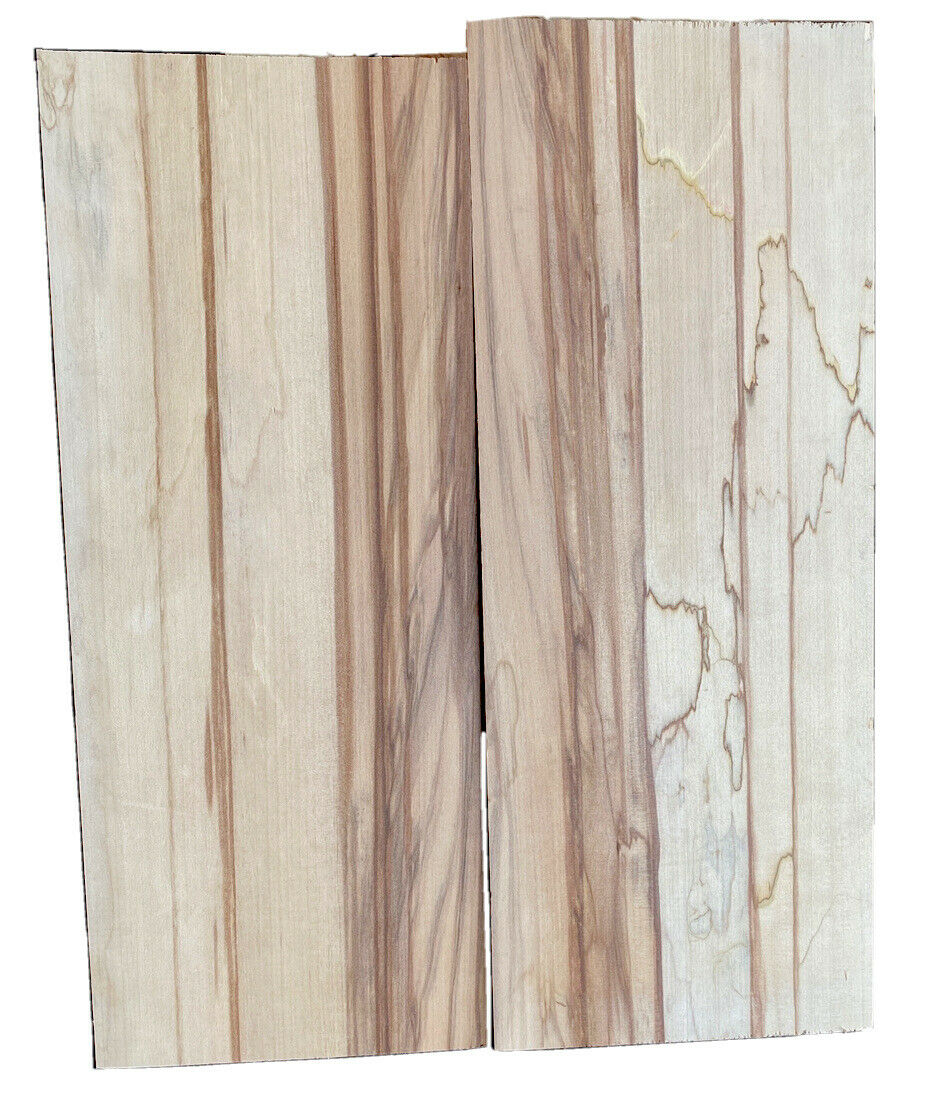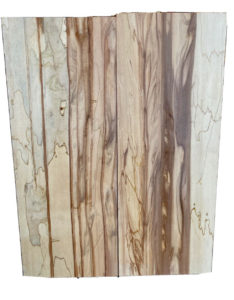What is Red Gum Lumber?
Red Gum, often referred to as sap gum or sweet gum, red gum primarily grows in Southern United States. The sapwood lumber is creamy off-white. The heartwood lumber is pink color with brown streaks. Lumber with heavy heartwood is sometimes referred to as Red Gum lumber. All sapwood boards are called Sap Gum lumber. Red Gum can be used as a Cherry, mahogany or alder substitute.
Red Gum… is a deciduous tree in the genus Liquidambar native to warm temperate areas of eastern North America and tropical montane regions of Mexico and Central America. Sweet gum is one of the main valuable forest trees in the southeastern United States, and is a popular ornamental tree in temperate climates. It is recognizable by the combination of its five-pointed star-shaped leaves (similar to maple leaves) and its hard, spiked fruits. It is currently classified in the plant family Altingiaceae, but was formerly considered a member of the Hamamelidaceae.[6]
source: Wikipedia
American Red Gum lumber (Liquidambar styraciflua) is a unique low density wood native to the southern United States to as far south as Central America. In the US, it grows in regions where Swamp Ash is found. Like Jelutong, it can be used to produce chewing gum. It has a resin which forms beautiful variegated color streaking.
The sapwood runs light with fine grain, similar to maple or all sap poplar. However, its heartwood runs red to dark brown. Thus. red gum lumber ranges from a uniform cherry-like color to wildly streaking colors like black limba. Other lumber companies describe the color as similar to mahogany or walnut. However, in our experience, it looks more like cherry wood.
Is American Red Gum the Same as Australian Red Gum?
American Red Gum is not related to Australian Red Gum. Often both species are referred to by the same common name of “red gum.” However, Australian red gum is sometimes referred to as River Red Gum. It is from the eucalyptus family and significantly more dense than American Red Gum wood.
Frank Lloyd Wright Used American Red Gum Lumber
Of note, American Architect Frank Lloyd Wright used Sweetgum / Red Gum wood in the construction of Residence A at Barnsdall Park in Los Angeles. This is referenced in a structural study by LSA Associates for the City of Los Angeles in 2009.
Hollyhock House at Olive Hill, Los Angeles
Hollyhock was commissioned for Pennsylvania oil baroness Aline Barnsdall in 1921. The historic structure is part of Hollyhock House, Barnsdall’s idea for a “progressive theatrical community.” Wright worked on the 35 acre property from 1919 to 1921 before Barnsdall fired him. Reportedly, she became disillusioned by cost overruns.
In fairness, to Wright, Barnsdall was a polarizing figure who had many quarrels. She had longstanding disagreements with the city of Los Angeles regarding the use of her land. Alternatively donating and demanding back parcels of land from the City Parks Department.
She promoted many controversial left-leaning causes via public “news” billboards on her properties, demanded no war memorials be built on her donated land and and at one point built barricades on her property against city wishes. Feisty to the end, Barnsdall appeared in court over a dog leash violation in 1945.
Why was Red Gum used in Hollyhock House?
I personally discussed Wright’s use of Red Gum lumber with City of Los Angeles restoration workers familiar with Hollyhock House. Considering that it is not commonly found in the Western United States, no one knows why Lloyd used it in the initial construction.
However, my theory is that the orders came from Barnsdall, who may have seen it in her travels elsewhere. I can envision her demanding red gum despite many more readily available local woods at Wright’s disposal. Just a guess, though!

American Red Gum Technical Information
- Scientific name: Liquidambar styraciflua
- Alternative Names: Sweet Gum, Satin Walnut, Alligator Wood, Sweetgum, Liquidambar, Hazelpine, Storax, Sapgum, Copalm Balsam, Opossum Tree
- Region of Origin: North America (southern region) to Northern parts of Central American Average Dried Weight: 33 LB/cubic foot
- Janka Hardness Rating: 848
- Specific Gravity: .54
- IUCN Red List: No
- CITES wood: No
How Does Redgum Wood Machine?
Generally easy to work, though planing can produce tearout due to interlocked grain. Sweetgum is known to warp and distort badly during initial drying. (After initial drying, distortion is significantly less, but the wood still experiences an appreciable amount of movement in service.) Turns, glues, stains, and finishes well. Responds moderately well to steam bending.
source: The Wood Database


